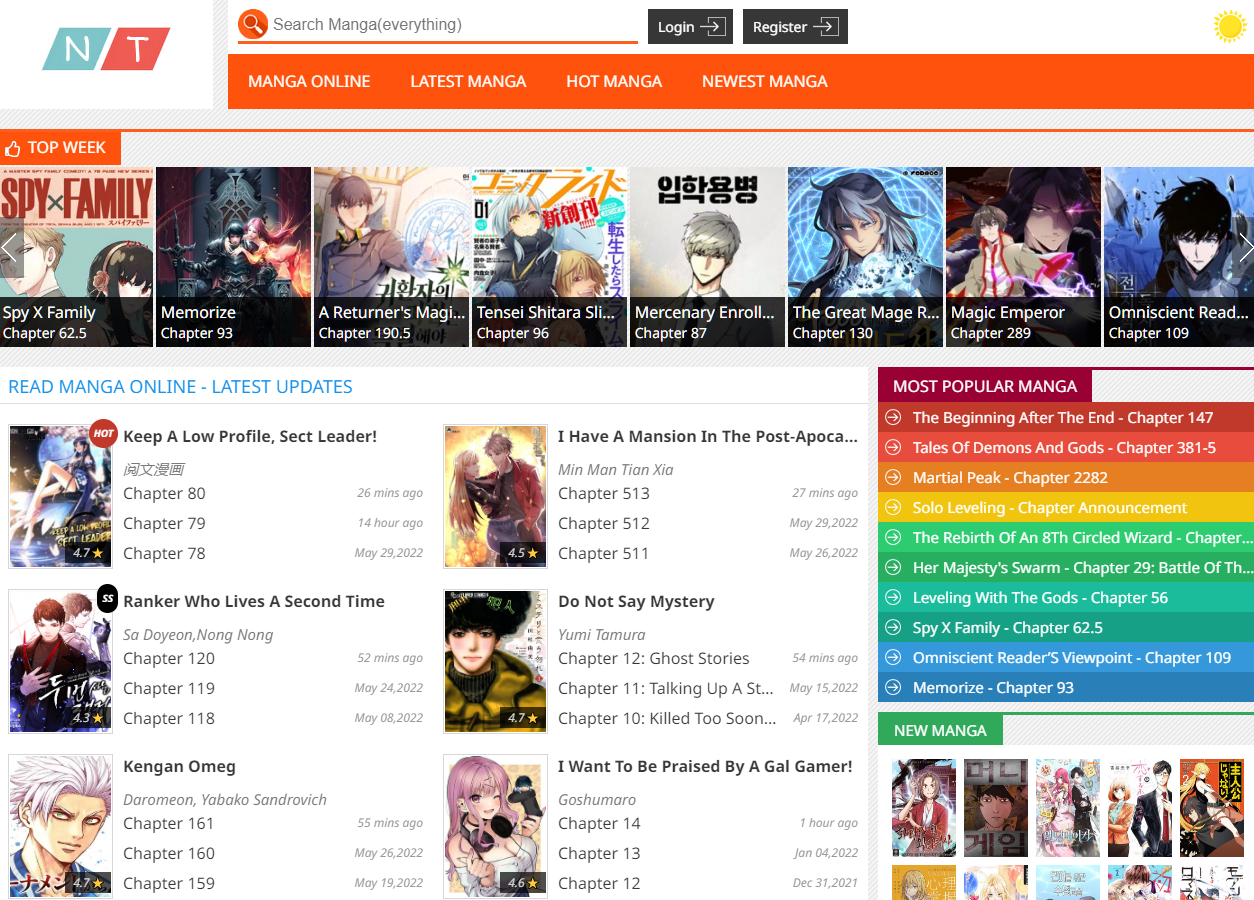Hamedoll
₫1.123.368
Hamedoll ©: Dive Into the Latest Manga Chapters Instantly
Product description
Dive into the Engaging World of Manga Summary Mujihi Na Anata - A Tale of Complex Relationships
The captivating realm of Manga summary Mujihi Na Anata reveals intricate relationships and profound character developments that resonate on multiple levels. This manga captures the essence of human emotions, weaving a story filled with cruelty, tenderness, and the relentless pursuit of understanding oneself and others.
Exploring Character Development in Mujihi Na Anata
Character development is crucial for any compelling narrative, and Mujihi Na Anata does not disappoint. The characters in this manga are vivid and multifaceted, each bringing their unique qualities to the storyline.
Protagonist: A Deep Dive into Their Psyche
The protagonist serves as the emotional backbone of Mujihi Na Anata, where their motivations, struggles, and growth unfold beautifully throughout the series.
This character often experiences moments of vulnerability and strength, revealing layers that reflect real-life complexities. As readers delve deeper into their psyche, they encounter themes of self-doubt, regret, and the longing for acceptance. The portrayal of these emotional states makes them relatable, allowing readers to connect intimately with their journey.
Moreover, the protagonist's evolution challenges the stereotype of a "perfect hero." Instead, they grapple with flaws and make mistakes, showcasing that personal growth often comes from acknowledging one's shortcomings. This nuanced representation encourages readers to embrace their imperfections and seek growth, making it an essential aspect of the narrative.
Supporting Characters: The Role of Influence
In Mujihi Na Anata, supporting characters play pivotal roles in shaping the protagonist’s journey. Each character brings distinct traits that either challenge or support the main character's development.
These interactions serve as mirrors, reflecting the protagonist's inner turmoil while providing external conflict. For instance, friendships formed within the storyline illuminate the importance of companionship, even amidst chaos. Conversely, antagonistic figures introduce friction, forcing the protagonist to confront uncomfortable truths about themselves.
The dynamics between characters amplify the overall theme of interconnectedness. Through these relationships, readers gain insight into how external influences can propel one toward self-discovery. The depth of these supporting characters can evoke empathy, ultimately enriching the reader's experience.
Themes of Redemption and Forgiveness
A significant theme woven throughout Mujihi Na Anata is the quest for redemption and forgiveness. These concepts resonate deeply within the narrative, influencing character trajectories and relationships.
Characters struggle with past decisions that haunt them, leading to a desire for atonement. This pursuit reflects humanity's innate need to rectify mistakes, establishing a poignant connection with readers who may have faced similar challenges. Such thematic exploration opens discussions about the nature of forgiveness—both towards oneself and others.
Additionally, the manga illustrates that the path to redemption is rarely straightforward. It requires courage, vulnerability, and a willingness to take responsibility for one’s actions. This complicates the narrative, ensuring that it remains engaging and thought-provoking.
Thematic Resonance in Mujihi Na Anata
Themes in Mujihi Na Anata extend beyond individual character arcs, creating a tapestry of ideas that engage readers on multiple levels. This section explores key themes present in the manga.
Cruelty and Kindness: A Duality of Human Experience
One of the most striking elements of Mujihi Na Anata is its exploration of the duality of human experience—cruelty versus kindness. The narrative delves into the reasons behind cruel behavior, revealing the underlying fears and insecurities that drive individuals to act in harmful ways.
Through various scenarios, the manga showcases how cruelty often stems from misunderstanding or lack of communication. By juxtaposing these instances with acts of kindness, the story posits that compassion can exist even in the darkest of circumstances. This dichotomy invites readers to reflect on their own behavior, fostering a deeper understanding of the complexities of human interaction.
Moreover, the portrayal of kindness is not simplistic; rather, it is depicted as a powerful force that can mend broken relationships and foster healing. By emphasizing the impact of kind gestures, however small, the manga underscores the importance of empathy in our daily lives.
Identity and Self-Discovery: Finding One's Place
Another recurring theme in Mujihi Na Anata is the notion of identity and the quest for self-discovery. Characters grapple with questions surrounding who they are and what they want in life, mirroring a universal journey many face.
This search for identity is often fraught with obstacles—societal expectations, family pressures, and internal conflicts. The manga deftly captures these struggles, showing how they influence characters’ decisions and relationships. Readers are drawn into the narrative as they witness the protagonists confront these dilemmas and ultimately emerge transformed.
Furthermore, the theme of self-discovery encourages introspection among readers. By exploring characters' journeys, individuals are prompted to reflect on their own paths and consider how their experiences shape their identities. This connection fosters a sense of solidarity and shared experience, enhancing the manga's impact.
Love in All Its Forms: Romantic and Platonic Relationships
Mujihi Na Anata also places significant emphasis on love—both romantic and platonic. The exploration of these relationships adds depth to the narrative, illustrating the diverse ways in which love manifests and affects individuals.
Romantic relationships in the manga are portrayed with authenticity, showcasing both the euphoria and turmoil that often accompany such connections. Through moments of passion, heartbreak, and reconciliation, readers are invited to experience the rollercoaster of emotions that love entails. These portrayals resonate with anyone who has navigated the complexities of romantic attachments.
On the other hand, platonic relationships also play a vital role in character development. Friendships offer solace and support, helping characters grow and evolve in ways that romantic relationships cannot. The depiction of such bonds emphasizes the importance of having a solid support system, reminding readers that love exists in various forms and should be cherished.
Artistic Elements and Storytelling Techniques in Mujihi Na Anata
Beyond its compelling plot and characters, Mujihi Na Anata also captivates audiences through its artistic elements and storytelling techniques.
Visual Language: Art as a Narrative Tool
The artwork in Mujihi Na Anata plays a crucial role in enhancing the storytelling experience. The visual language employed by the artists conveys emotions, setting, and tone, breathing life into the narrative.
Illustrations are meticulously crafted to capture subtle nuances in characters' expressions, allowing readers to feel their joy, sorrow, and frustration viscerally. This attention to detail enriches the reading experience, transforming static images into dynamic representations of emotion.
Color palettes further amplify the narrative, with hues often reflecting the mood of specific scenes. For instance, vibrant colors might signify moments of happiness, while muted tones could indicate sadness or conflict. This interplay between art and story highlights the power of visual storytelling in conveying complex themes.
Narrative Structure: Non-linear Storytelling
Mujihi Na Anata employs a non-linear storytelling approach that challenges traditional narrative conventions. By jumping between timelines and perspectives, the manga creates a layered narrative that keeps readers engaged and intrigued.
This structure allows for a deeper exploration of characters' backstories and motivations. As pieces of the puzzle fall into place, readers develop a comprehensive understanding of the characters' journeys. The gradual revelation of information encourages critical thinking and reflection, making the reading experience more immersive.
At times, such a narrative style can enhance suspense, as readers are left wondering how past events will intersect with the present. This technique amplifies emotional stakes, encouraging readers to invest more deeply in the outcomes of the characters’ journeys.
Symbolism and Metaphors: Layers of Meaning
The use of symbolism and metaphors in Mujihi Na Anata adds layers of meaning, inviting readers to uncover deeper interpretations of the narrative. Objects, settings, and recurring motifs often carry symbolic significance, prompting discussion and analysis.
For example, certain locations within the manga may represent safety or danger, reflecting characters’ emotional states. Similarly, specific items might symbolize unresolved issues or aspirations, offering insight into characters’ internal struggles. This thoughtful incorporation of symbolism enriches the storytelling, encouraging readers to engage with the text critically.
Through these artistic elements and storytelling techniques, Mujihi Na Anata transcends mere entertainment, evolving into a profound exploration of the human experience.
FAQs
What is the core theme of Mujihi Na Anata?
The core theme revolves around the complexities of human relationships, exploring the duality of cruelty and kindness while delving into identity and self-discovery.
Who is the protagonist in Mujihi Na Anata?
The protagonist is a deeply developed character whose journey encapsulates struggles with self-acceptance, relationships, and the pursuit of redemption.
How does the art influence the storytelling in Mujihi Na Anata?
The art enhances storytelling by capturing emotions, setting moods, and utilizing color palettes to reflect the narrative’s emotional landscape.
Is there a focus on both romantic and platonic relationships in Mujihi Na Anata?
Yes, the manga highlights the significance of both romantic and platonic relationships, portraying love in its various forms and the impact it has on character development.
What storytelling techniques are used in Mujihi Na Anata?
The manga employs non-linear storytelling, symbolism, and rich visual language to create a layered narrative that invites deep engagement and analysis.
Conclusion
Manga summary Mujihi Na Anata offers readers a profound exploration of human relationships, identity, and the complexities of love. Through well-crafted characters, intricate themes, and creative artistry, this manga draws readers into a world that resonates on various levels. Its commitment to portraying the duality of human experience, alongside the intricate web of relationships that define our lives, ensures that it remains a memorable and impactful read. Engage with Mujihi Na Anata not just as a story, but as a mirror reflecting our own desires, struggles, and triumphs.
Read Full: Dangerous Man







